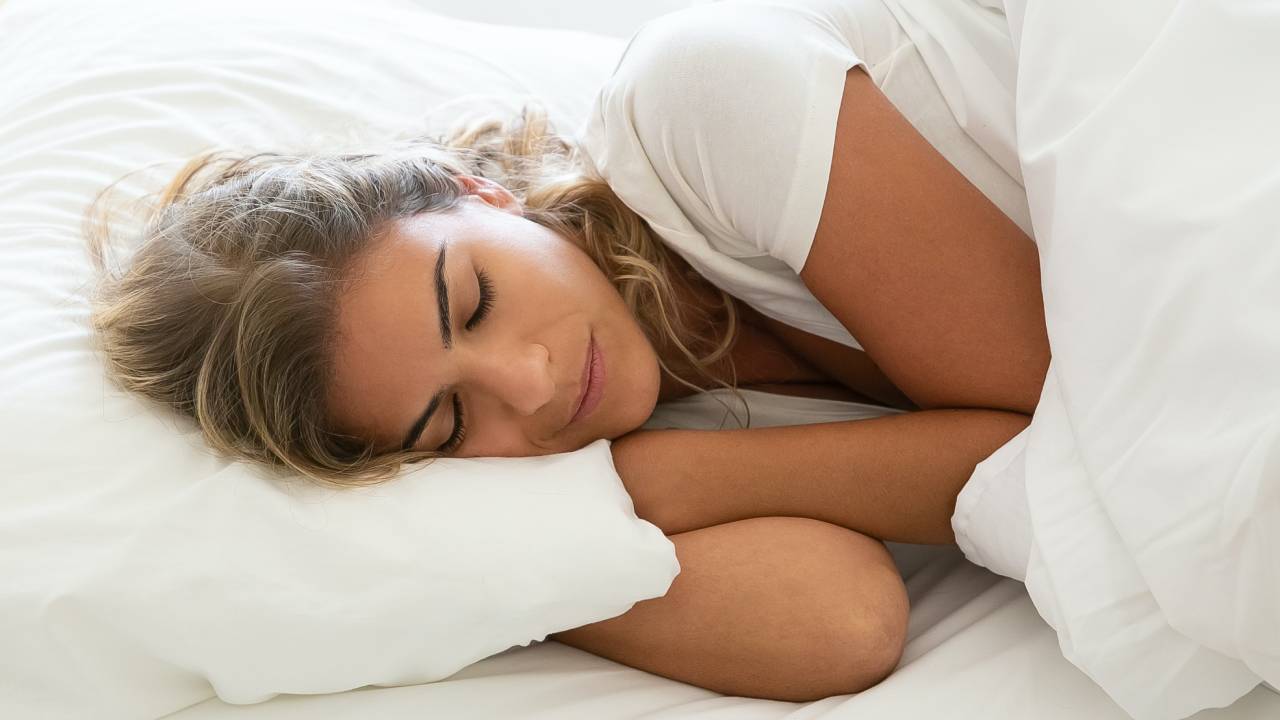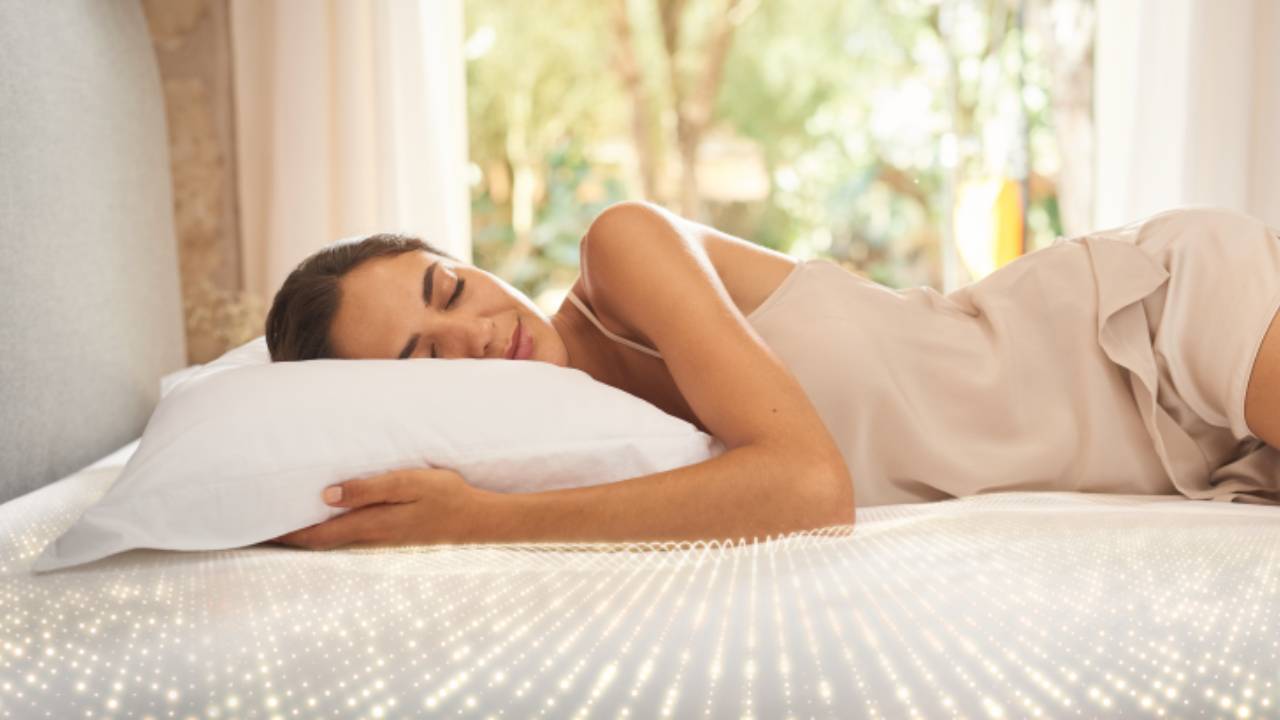
When it comes to getting a good night’s sleep, we’ve tried just about everything, from the military sleep method to the open-eye trick. But if you’re really struggling to fall asleep quickly and deeply despite having the best mattress in your bedroom, you might want to take advice from NASA astronauts and try the zero gravity sleep hack.
The zero gravity sleep hack or position was originally developed by NASA to help their astronauts adapt to the effects of microgravity in space. To counteract the effects of weightlessness, the zero gravity sleep position was introduced and it has since been found to have many health benefits, including improved sleep quality and quantity.
So, what is the zero gravity sleep position and how can it help you sleep better? I spoke to Martin Seeley, sleep expert & CEO of MattressNextDay to find out more.
What is the zero gravity sleep hack?
The zero gravity sleep hack “is a sleep posture that’s designed to simulate the position of the body when it’s in a weightless environment, such as in space,” says Seeley. Getting into the zero gravity sleep position is relatively easy, especially if you prefer to sleep on your back. The reclined position involves lying flat on your back with your spine aligned and elevating your head and feet slightly so that they’re above heart level.
This sleep position is similar to the posture astronauts assume during takeoff and landing. In space, there’s no gravity to keep the body in a fixed position and this “can cause fluid to shift towards the head which can lead to a number of physiological changes, like a decrease in blood volume, muscle atrophy and bone loss.” As a way to prevent this and counteract the effects of weightlessness on the astronauts’ body, NASA came up with the zero gravity sleep position.
Since its development, the zero gravity sleep hack has been found to have many health benefits, including reducing pressure on the spine, improving circulation, alleviating acid reflux and preventing snoring. As there’s little to no pressure on the body in this posture, you’re also less likely to change positions throughout the night so there’s no tossing and turning or disrupted sleep.

How to do the zero gravity sleep position
As the zero gravity sleep hack has garnered popularity, many bedding companies have created products where the position is built into the mattress. If you want to go the whole hog, you can invest in a mattress like this or you can choose a Tempur mattress to get that supported yet weightless feeling while you sleep. Specifically, the Tempur Original mattress uses memory foam materials which were originally created by NASA in the 70s to cushion its astronauts during lift-off.
If, however, you don’t want to buy a new mattress, there are a few things you probably already have in your bedroom that help you get into the zero gravity sleep position. Firstly, you can use pillows to prop up your head and feet. Seeley suggests using one or two pillows for your head and placing a pillow under your knees to elevate your legs. Alternatively, you can “use a stack of books or other sturdy objects to achieve the zero gravity position.”
Exceeding the amount of pillows or books will bring your head and feet too high above your heart and might put strain on your body, which is the opposite of what you’re trying to accomplish. To avoid hurting yourself or misaligning your spine, stick to one or two pillows or test out different quantities to find your perfect comfort level.







